
Stone corridor in Tholos de El Romeral, in Antequera, Malaga, Spain stock photo OFFSET
The tholos of El Romeral, also commonly called El Romeral dolmen or El Romeral cave, is a megalithic monument, declared a World Heritage Site on July 15, 2016 and a Site of Cultural Interest, located in the Spanish city of Antequera (Málaga), forming part of the Antequera Dolmens Archaeological Complex..

Tholos De El Romeral, Spain Stock Image Image of architecture, door 122858689
Tholos de El Romeral. El tholos de El Romeral, 2 también llamado comúnmente dolmen de El Romeral o cueva de El Romeral, 3 es un monumento megalítico, declarado Patrimonio Mundial el 15 de julio de 2016 y Bien de Interés Cultural, situado en la ciudad española de Antequera (Málaga), formando parte del Sitio de los Dólmenes de Antequera.
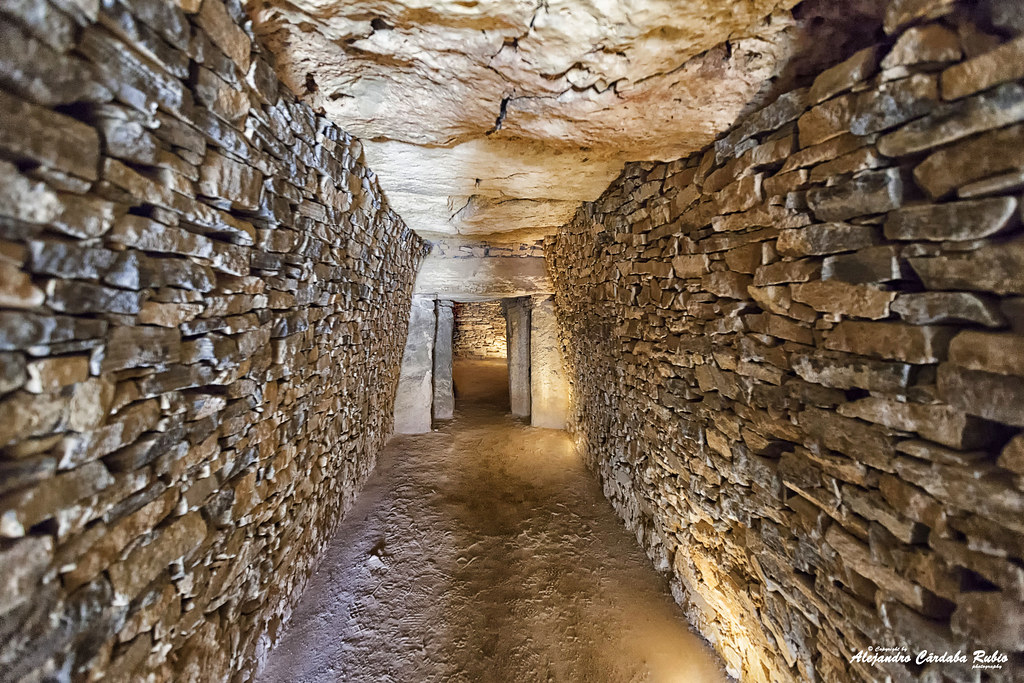
Dólmenes de Antequera ¿Cómo visitarlos? Su historia y horarios
Tholos de El Romeral, situated 2.5 kilometres (1.6 mi) north east of the town of Antequera (), is one of the most important examples of Neolithic architecture in southern Europe.Tholos de El Romeral, also known as Cueva de Romeral (Cave of Romeral) and Dolmen de Romeral, is a megalithic burial site built circa 1800 BCE.It is one of three tombs in region, the others being Dolmen de Menga and.
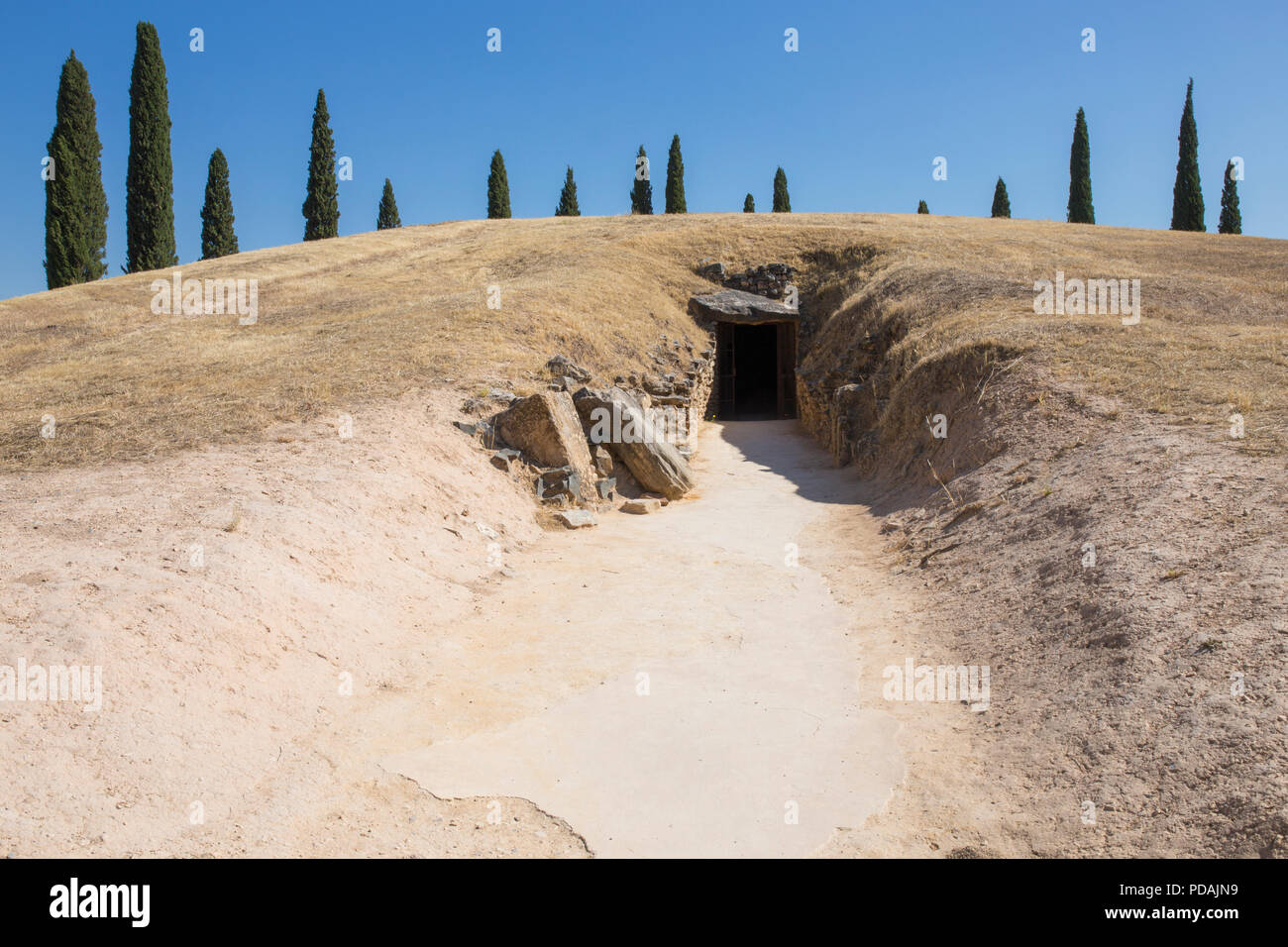
Tholos el romeral fotografías e imágenes de alta resolución Alamy
El tholos de El Romeral es uno de los poquísimos ejemplos en la Península Ibérica de orientación a la mitad occidental del cielo. Su eje apunta -he aquí otra peculiaridad- a la mayor elevación rocosa de la sierra de El Torcal, el Camorro de las Siete Mesas. En el mediodía del solsticio de invierno, la luz del sol penetra hasta su segunda.

Tholos de El Romeral, Dólmenes de Antequera en 2021 Lugares increibles, Málaga, Paraje natural
Apr 2017 • Solo. 4 kms by road from the well-known Dolmens of Menga and Viera, the Tholos of Romeral lies at the end of a very bumpy and dusty last kilometre. Drive slowly, please! With its small, carefully fitted stones and a domed chamber near the end of the entrance, it looks almost modern.
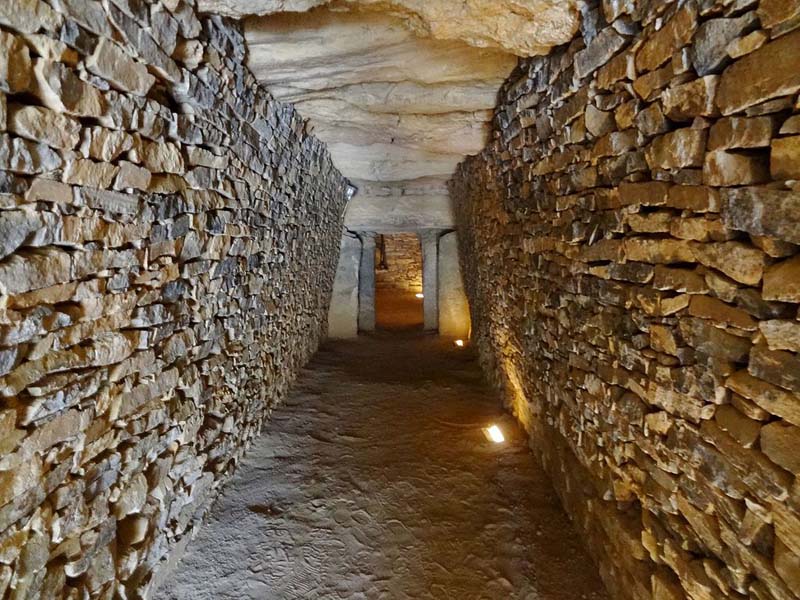
Los Dólmenes de Antequera paraíso arqueológico en Málaga
Tholos de El Romeral: un tesoro megalítico. La también llamada cueva del Romeral (o tholos de Antequera) data de la época megalítica. Este lugar fue descubierto en 1904 por dos funcionarios de Antequera y se encuentra situado a solo cuatro kilómetros de la ciudad y a dos kilómetros de los dólmenes de Menga y Viera.

Inside Spain’s spectacular Antequera Dolmens Sites travel photos Hindustan Times
El tholos de El Romeral está orientado sorprendentemente a un acimut de 199º, es decir, en el octante S-SO del horizonte y es uno de los poquísimos ejemplos de orientación a la mitad occidental del cielo en toda la Península Ibérica.

Tholos del Romeral o Cueva del Romeral construida en el 3800 A. C descubierto en 1904 por los
Antequera Dolmens Site. Located at the heart of Andalusia in southern Spain, the site comprises three megalithic monuments: the Menga and Viera dolmens and the Tholos of El Romeral, and two natural monuments: La Peña de los Enamorados and El Torcal mountainous formations, which are landmarks within the property. Built during the Neolithic and Bronze Age out of large stone blocks, these.
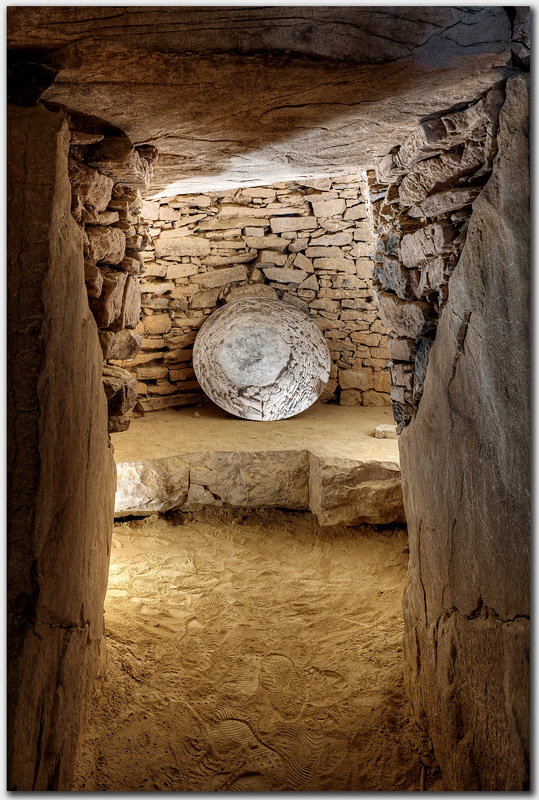
Miggrado Tholos de El Romeral
Descubre Tholos de El Romeral. La también llamada cueva del Romeral (o tholos de Antequera) data de la época megalítica. Este lugar fue descubierto en 1904 por dos funcionarios de Antequera y se encuentra situado a solo cuatro kilómetros de la ciudad y a dos kilómetros de los dólmenes de Menga y Viera. Su nombre se debe a que está localizado en una finca llamada El Romeral.

UNESCO's 2016 World Heritage Sites Unveiled Mirror Online
Tholos de El Romeral, situated 2.5 kilometres (1.6 mi) north east of the town of Antequera (), is one of the most important examples of early Bronze Age architecture in southern Europe.Tholos de El Romeral, also known as Cueva de Romeral (Cave of Romeral) and Dolmen de Romeral, is a megalithic burial site built circa 1800 BCE.It is one of three tombs in the region, the others being Dolmen de.

Francisco Javier Torres Goberna El tholos de El Romeral (Antequera. Málaga)
Tholos de El Romeral, situated 2.5 kilometres north east of the town of Antequera, is one of the most important examples of Neolithic architecture in southern Europe. Tholos de El Romeral, also known as Cueva de Romeral and Dolmen de Romeral, is a megalithic burial site built circa 1800 BCE. It is one of three tombs in region, the others being.

Interior of the Dolmen Del Romeral Tholos El Romeral Megalithic Monument, Declared a World
Tholos de El Romeral, situated 2.5 kilometres north east of the town of Antequera, is one of the most important examples of Neolithic architecture in southern Europe. Tholos de El Romeral, also known as Cueva de Romeral and Dolmen de Romeral, is a megalithic burial site built circa 1800 BCE. It is one of three tombs in region, the others being Dolmen de Menga and Dolmen de Viera, both situated.
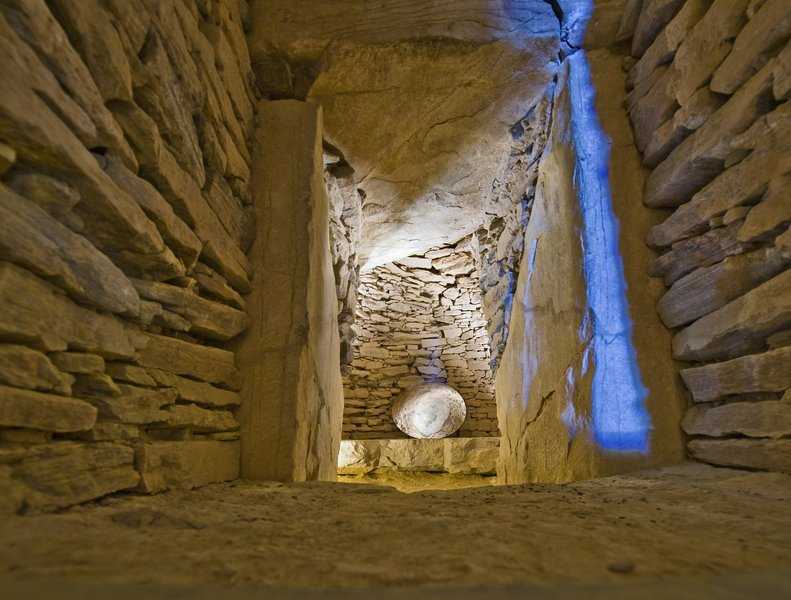
Visitas guiadas gratuitas al tholos de El Romeral iDescubre
Discover Tholos de El Romeral. The cave of Romeral (or tholos of Antequera) dates back to the megalithic period. This site was discovered in 1904 by two civil servants from Antequera and is located only four kilometers from the city and two kilometers from the dolmens of Menga and Viera. Its name comes from the fact that it is located on a farm called El Romeral.
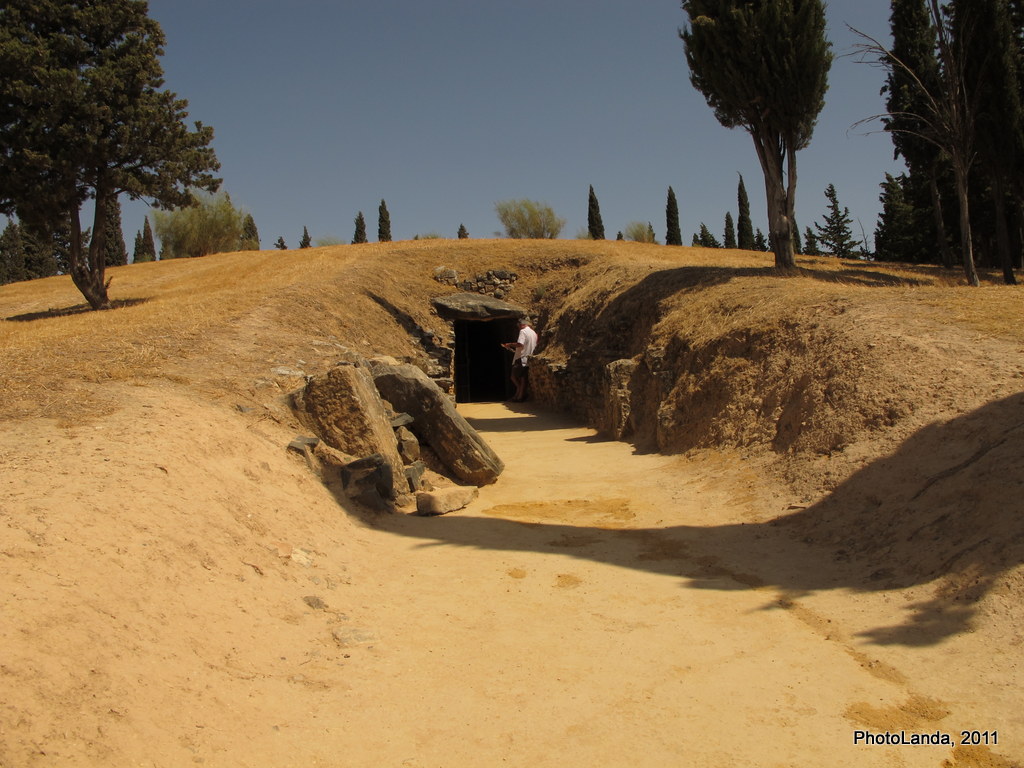
Tholos de El Romeral Sepulcro Megalítico de El Romeral Con… Flickr
The three megalithic monuments are the Dolmen de Menga, Dolmen de Viera, and El Tholos del Romeral. The Dolmen de Menga is the oldest Dolmen and is about 6000 years old - dating back to the Neolithic Period and Bronze Age. Due to its grandness and enormous slabs on its walls, this is the most spectacular Dolmen of the three.

Tholos of El Romeral in Antequera, Malaga, Spain Stock Photo Dissolve
Tholos de El Romeral, situated 2.5 kilometres north east of the town of Antequera , is one of the most important examples of early Bronze Age architecture in southern Europe. Tholos de El Romeral, also known as Cueva de Romeral and Dolmen de Romeral, is a megalithic burial site built circa 1800 BCE. It is one of three tombs in region, the others being Dolmen de Menga and Dolmen de Viera, both.

Mi Bitacora De Historia (DOLMEN THOLOS) DEL ROMERAL
The Tholos El Romeral is one of the very few examples in the Iberian Peninsula where the orientation is towards the half-west of the sky. Its axis points -another peculiarity- at the highest rock point of the El Torcal mountain range, the Camorro de las Siete Mesas. At noon, during the winter solstice, the sun light gets deep into the second.